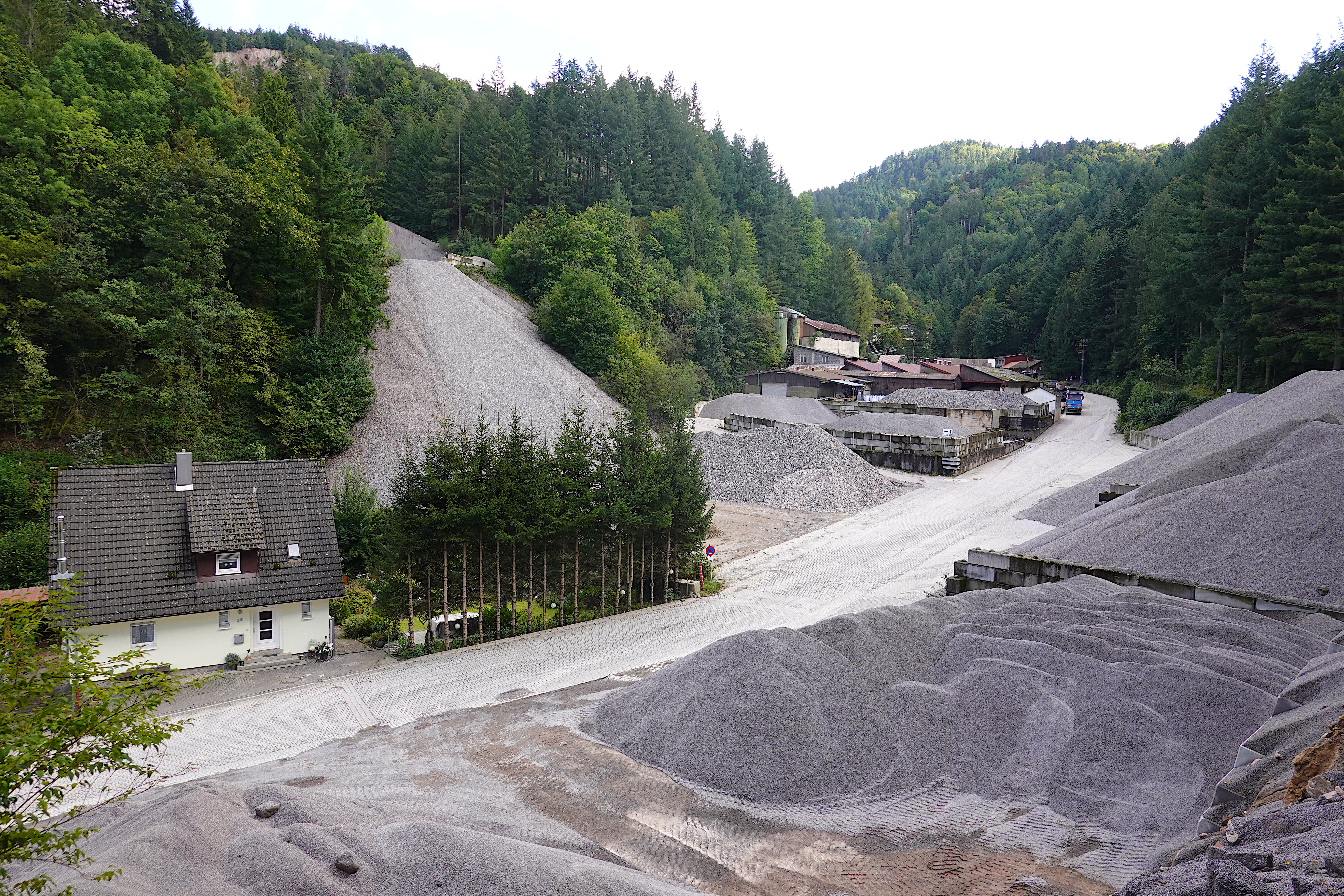|
Village Development Committee (India)
Village Development Committees (VDCs) are voluntary associations of village people for local administration. They are extra constitutional authorities. VDCs consist of two members each from each caste in the village. The unity of villages can be accredited to this VDCs. The decision of VDCs are ultimate in the concerned villages and persons who disobey the judgement of VDC are boycotted from the villages. The villagers solve local problems through the help of VDCs and they never need the help of Police and Courts. It is a great form of association by the villagers and it aims to achieve a strong socially fabricated society. An example of a VDC is Ankapur Village Development Committee. Armoor Mandal has progressed greatly with the help of this VDC. See also * Village development committee (Nepal) * Land-use planning Land use planning or ''Land-use regulation'' is the process of regulating the use of land by a central authority. Usually, this is done to promote more desira ... [...More Info...] [...Related Items...] OR: [Wikipedia] [Google] [Baidu] |
Voluntary Association
A voluntary group or union (also sometimes called a voluntary organization, common-interest association, association, or society) is a group of individuals who enter into an agreement, usually as volunteers, to form a body (or organization) to accomplish a purpose. Common examples include trade associations, trade unions, learned societies, professional associations, and environmental groups. All such associations reflect freedom of association in ultimate terms (members may choose whether to join or leave), although membership is not necessarily voluntary in the sense that one's employment may effectively require it via occupational closure. For example, in order for particular associations to function effectively, they might need to be mandatory or at least strongly encouraged, as is true of trade unions. Because of this, some people prefer the term common-interest association to describe groups which form out of a common interest, although this term is not widely used or ... [...More Info...] [...Related Items...] OR: [Wikipedia] [Google] [Baidu] |
Ankapur
Ankapur is a village in Armoor mandal, Nizamabad district of the Indian state of Telangana. It comes under the Armur town which is like five kilometers away from this village. This village is considered one of the Model Villages in the country. It is recognized as a Model Village by the ICAR, ICRISAT and the International Rice Research Institute. ''Srinivas Reddy Institute of Technology'' is located here. It is the first village in Nizamabad district to cultivate cut flowers in polyhouse. This village is 400 years old and is located on eastern side of the National Highway 16 connecting Nizamabad with Jagdalpur (CHG) also near to the National Highway (NH7) connecting Hyderabad and Nagpur Nagpur (; ISO 15919, ISO: ''Nāgapura'') is the second capital and third-largest city of the Indian state of Maharashtra. It is called the heart of India because of its central geographical location. It is the largest and most populated city i .... It lies at an elevation of 404 meters ab ... [...More Info...] [...Related Items...] OR: [Wikipedia] [Google] [Baidu] |
Village Development Committee (Nepal)
A village development committee (; ''gāum̐ vikās samiti'') in Nepal was the lower administrative part of its Ministry of Federal Affairs and Local Development. Each district had several VDCs, similar to municipalities but with greater public-government interaction and administration. There were 3,157 village development committees in Nepal. Each village development committee was further divided into several wards () depending on the population of the district, the average being nine wards. Purpose The purpose of village development committees is to organise the village people structurally at a local level and creating a partnership between the community and the public sector for improved service delivery system. A village development committee has the status of an autonomous institution and the authority to interact with the more centralised institutions of governance in Nepal. In doing so, the village development committee gives the village people an element of contr ... [...More Info...] [...Related Items...] OR: [Wikipedia] [Google] [Baidu] |
Land-use Planning
Land use planning or ''Land-use regulation'' is the process of regulating the use of land by a central authority. Usually, this is done to promote more desirable social and environmental outcomes as well as a more efficient use of resources. More specifically, the goals of modern land use planning often include environmental conservation, restraint of urban sprawl, minimization of transport costs, prevention of land use conflicts, and a reduction in exposure to pollutants. In the pursuit of these goals, planners assume that regulating the use of land will change the patterns of human behavior, and that these changes are beneficial. The first assumption, that regulating land use changes the patterns of human behavior is widely accepted. However, the second assumption – that these changes are beneficial – is contested, and depends on the location and regulations being discussed. In urban planning, land use planning seeks to order and regulate land use in an efficient and ... [...More Info...] [...Related Items...] OR: [Wikipedia] [Google] [Baidu] |
